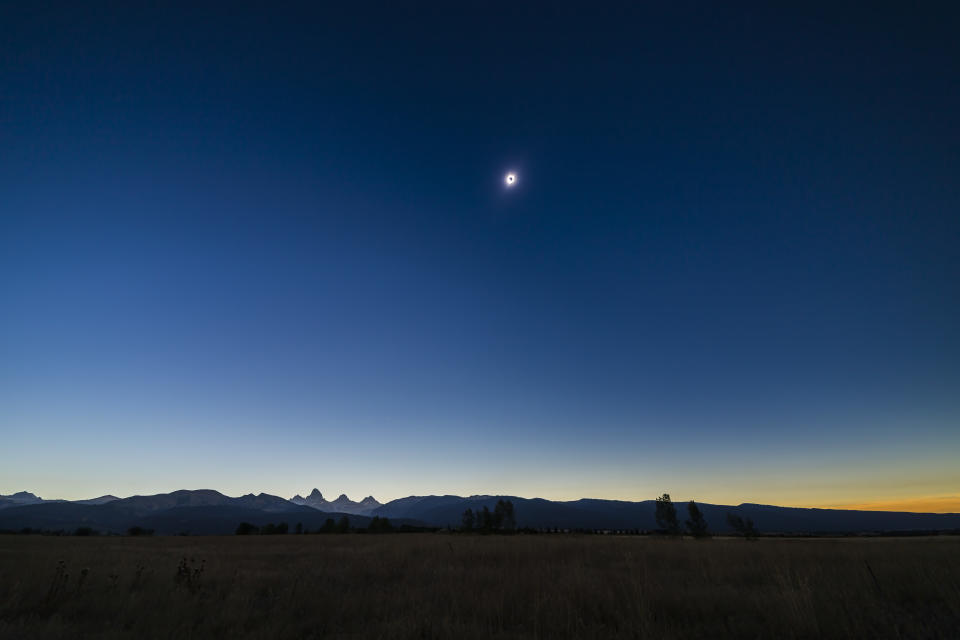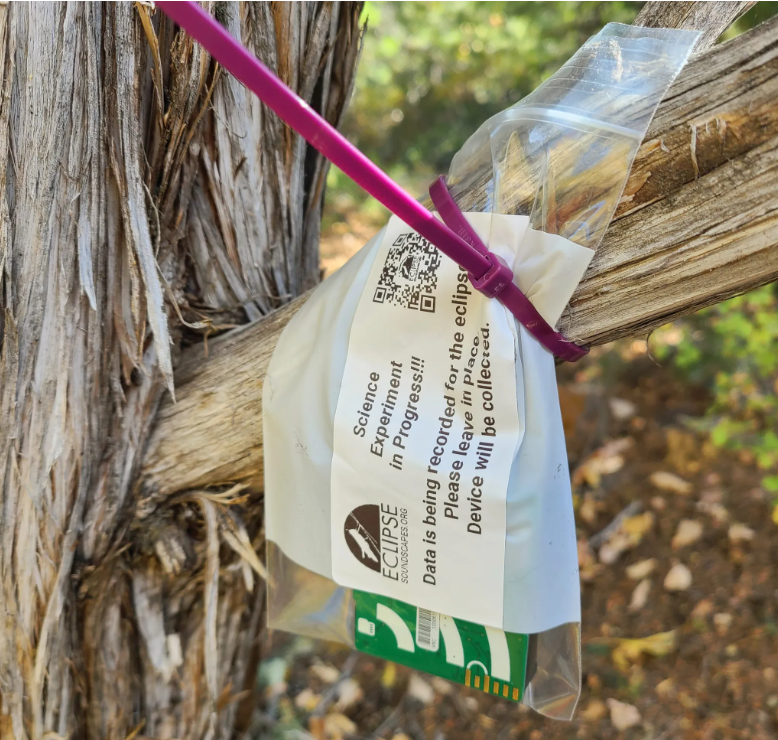As people bask in the glory of the total solar eclipse that will sweep across various states of the USA on April 8, 2024, flora and fauna will also experience the celestial event.
That’s why the NASA-funded Eclipse Soundscapes Project will observe and compile images and sounds of total solar eclipses to provide humanity with a better understanding of how such events can impact wildlife. The agency also urges the public to join the effort.
“Eclipse Soundscapes Project Communications Coordinator Kelsey Perrett said in a statement, “Eclipses are often thought of as a visual event—something you see.” said. “We want to show that eclipses can be studied in a multi-sensory way through sound, emotion and other forms of observation.”
Relating to: How to photograph a solar eclipse with a smartphone 2024 — 8 tips from an expert
Total solar eclipses like the one that will take place on April 8 occur because the Earth, Moon, and Sun are aligned in such a way that the Moon passes directly in front of our star, obscuring the solar disk from our vantage point. However, because the Moon is relatively close to the Earth, its position in the sky varies from region to region, meaning eclipses can only be seen in certain regions. Even in regions where an eclipse is observed, the degree to which the Moon covers the Sun may vary.
The areas that will see the Sun completely covered by the moon during the eclipse are said to be on the “path of totality.” The sky will darken in these regions; stars can even be seen in the sky. Dusk will appear to have fallen, and the dimming of the sun will cause temperatures to drop.
This “false twilight” of the eclipse has been associated with strange animal behavior, such as birds stopping their songs, insects such as grasshoppers and crickets stopping their chirping, and bees returning to their hives early.

As the solar eclipse of 2024 passes over the heads of nearly 30 million people in North America, it offers an opportunity to do fascinating citizen science and study how the event tricks wildlife into altering their usual daytime routines.
The Eclipse Soundscapes Project mimics a similar study following the 1932 total solar eclipse that passed through the northeastern parts of the United States and Canada; But while that experiment collected nearly 500 observations from the public, this new effort is more ambitious.
The Eclipse Soundscapes Project will use modern technology to collect multi-sensory observations such as audio recordings during the eclipse, and participants will also provide written descriptions of what was seen, heard or felt during the event. One of the goals of the project will be to see how animals that are awake during the day, as opposed to animals that are active at night, respond to eclipse. For example, the researchers behind the project want to know whether diurnal or nocturnal animals make more or less noise during the eclipse.
“The more sound data and observations we have, the better we can answer these questions,” Perrett added. “The contributions of participating scientists will allow us to examine specific ecosystems in depth and determine how the eclipse affects each.”


Organizers of the Eclipse Soundscape Project are looking for participants of all skill levels to engage in data collection, whether on the path to integrity on April 8 or not.
Citizen scientists involved in the Eclipse Soundscape Project will use a low-cost audio recorder equipped with a micro SD card called an “AudioMoth” to record the “sounds” of the eclipse. Other participants may be “observers” who document the multisensory data they experience as the eclipse passes overhead.
The project also includes roles designed to be accessible to people who are blind or visually impaired.
Other roles in the project include “data analysts” who can analyze audio data after the eclipse and “apprentices” who can study eclipses online, with all roles receiving a downloadable certificate.
Related Stories:
— What is a solar eclipse?
— Solar eclipse glasses buying guide
— How to observe the sun safely (and what to look for)
“When it comes down to it, answering our scientific questions about how eclipses affect life on Earth depends entirely on the data people are willing to contribute,” Perrett said. he finished. “Our participants, including our project partners and facilitators, allow us to cover the entire eclipse path and collect much more data than would be possible for a small team.”
If you want to learn more about the Eclipse Soundscapes project or how you can get involved, you can visit this website. If you are not lucky enough to experience the total solar eclipse, you can watch the total solar eclipse live on Space.com.